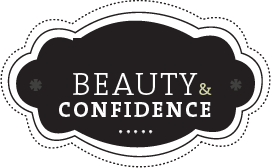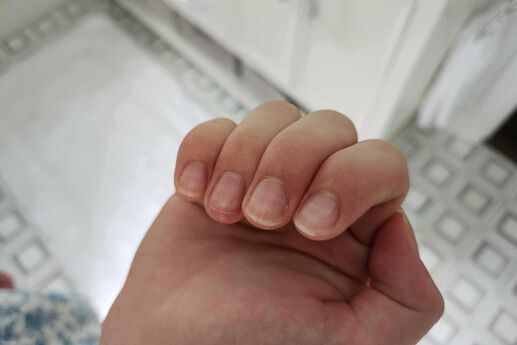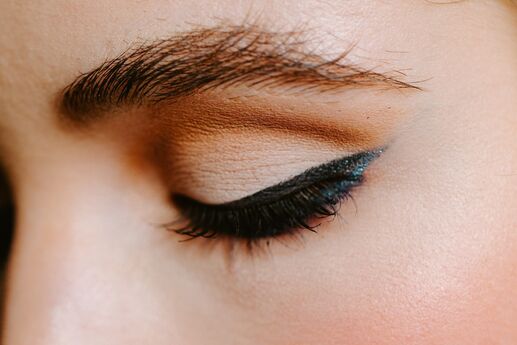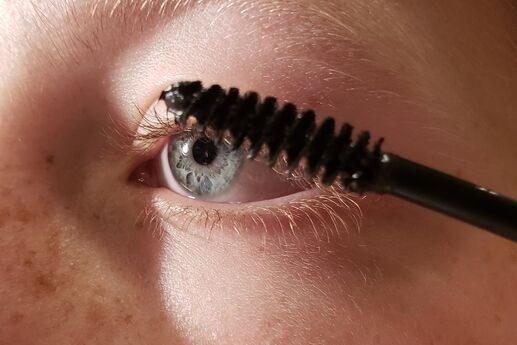The Wonder of Color Changing Cosmetics
Introduction
Beauty enthusiasts around the globe are constantly on the lookout for innovative and mesmerizing makeup products. Enter color-changing cosmetics, the latest trend captivating the industry. These transformative beauty products add an enchanting touch to our daily routines, providing a unique and personalized experience. In this blog post, we'll delve into the fascinating world of color-changing cosmetics, exploring how they work and the science behind their mesmerizing transformations.
The Science of Color-Changing Cosmetics
Color-changing cosmetics are not magic, but rather a remarkable blend of science and artistry. The secret lies in the innovative formulation and the use of specialized pigments. These pigments, also known as "chromatic" or "color-shifting" pigments, have the extraordinary ability to alter their hue when exposed to different lighting conditions or variations in temperature.
Thermochromic pigments are particularly prominent in color-changing cosmetics. They respond to changes in temperature by shifting their color. For example, a lip balm infused with thermochromic pigments may appear as a neutral shade when applied but transforms into a vibrant hue upon contact with the warmth of your lips. This captivating effect is due to the pigments' molecular structure, which alters in response to heat, revealing the hidden shades within.
Additionally, photochromic pigments react to ultraviolet (UV) light, causing them to change color. This characteristic is often employed in nail polishes or eyeshadows that transition when exposed to sunlight or UV lamps. The pigments absorb the UV rays, triggering a chemical reaction that alters their color, resulting in a captivating metamorphosis.
Understanding the Formulation
Creating color-changing cosmetics involves a careful balance of ingredients and technology. These formulations combine the specialized pigments mentioned earlier with a range of cosmetic bases, such as lip balms, lipsticks, nail polishes, or foundations. These bases serve as the vehicle for delivering the transformative pigments onto our skin or nails.
To ensure the pigments' stability and longevity, cosmetic manufacturers employ encapsulation techniques. Microencapsulation, for instance, involves enclosing the pigments within microscopic shells or capsules. These shells shield the pigments from degradation, allowing them to maintain their transformative properties until applied to the skin or nails.
The capsules protect the pigments from external factors, including moisture, oxidation, and other ingredients in the formulation. When the product is applied and the capsules break, the pigments are released, revealing their true colors.
Innovative Applications
The versatility of color-changing cosmetics has led to their integration into various beauty products. From lipsticks and nail polishes to eyeshadows and blushes, the possibilities are endless. Some brands even offer multi-purpose products that can be used on different areas of the face, creating a harmonious and dynamic makeup look.
Color-changing cosmetics also offer an exciting interactive experience. Imagine applying a lip balm that adjusts its shade depending on your body temperature, resulting in a truly personalized and unique color. These innovative products allow individuals to express their creativity and adapt their makeup to their mood, environment, or even the time of day.
Moreover, color-changing cosmetics have extended beyond the realm of makeup. Skincare brands have introduced color-changing moisturizers and serums that adapt their tone to match the user's skin, creating a customized skincare experience. These products provide both functional benefits and a touch of enchantment to the daily beauty routine.
Conclusion
Color-changing cosmetics have revolutionized the beauty industry, offering a delightful blend of science, artistry, and personalization. Through the use of specialized pigments and innovative formulations, these transformative products provide an enchanting experience that captivates users around the world. From lipsticks that adjust to your body temperature to nail polishes that transform under sunlight, the possibilities are endless. So, embrace the magic and let color-changing cosmetics take you on a captivating journey of self-expression and discovery.
Photo by Evangeline Sarney on Unsplash






